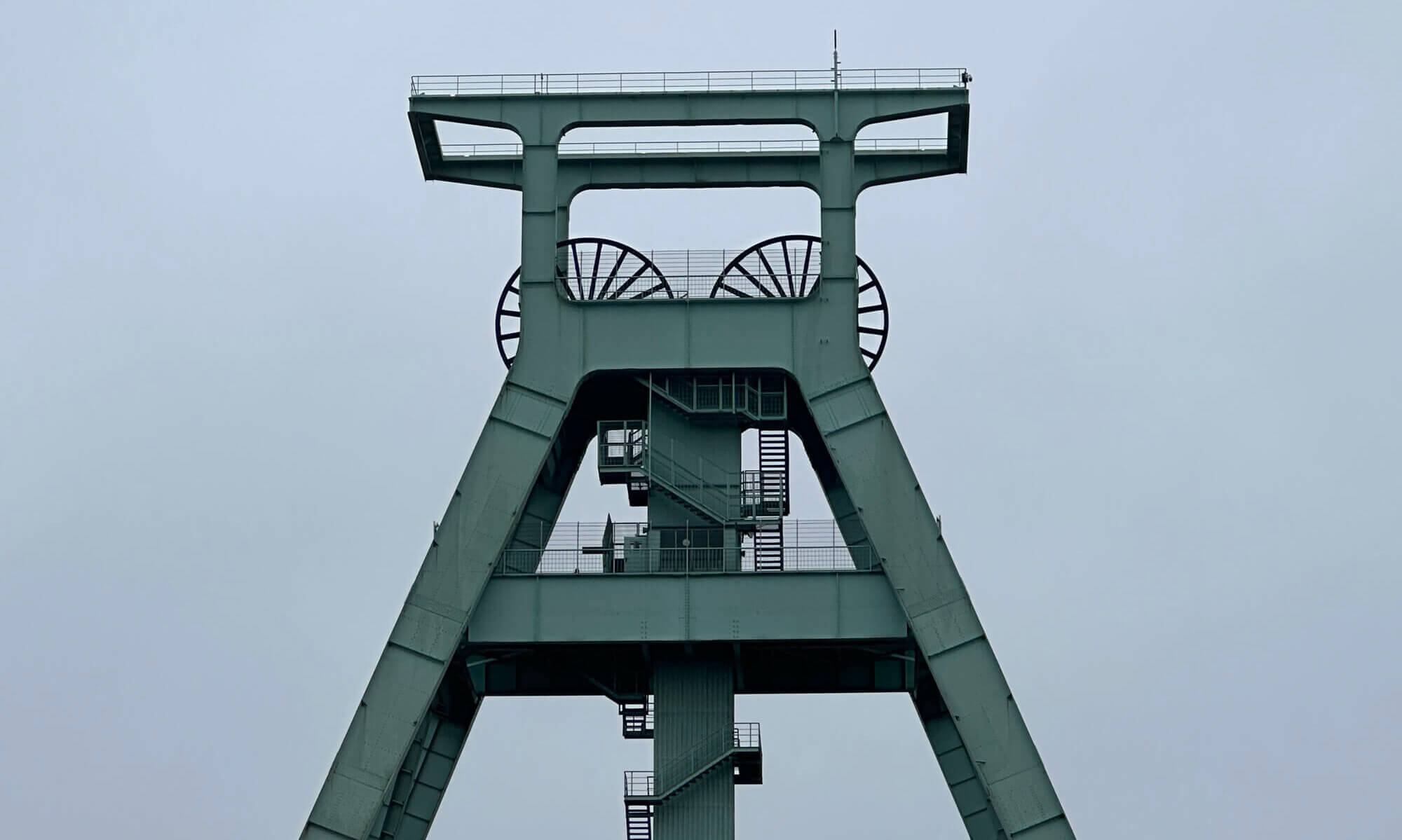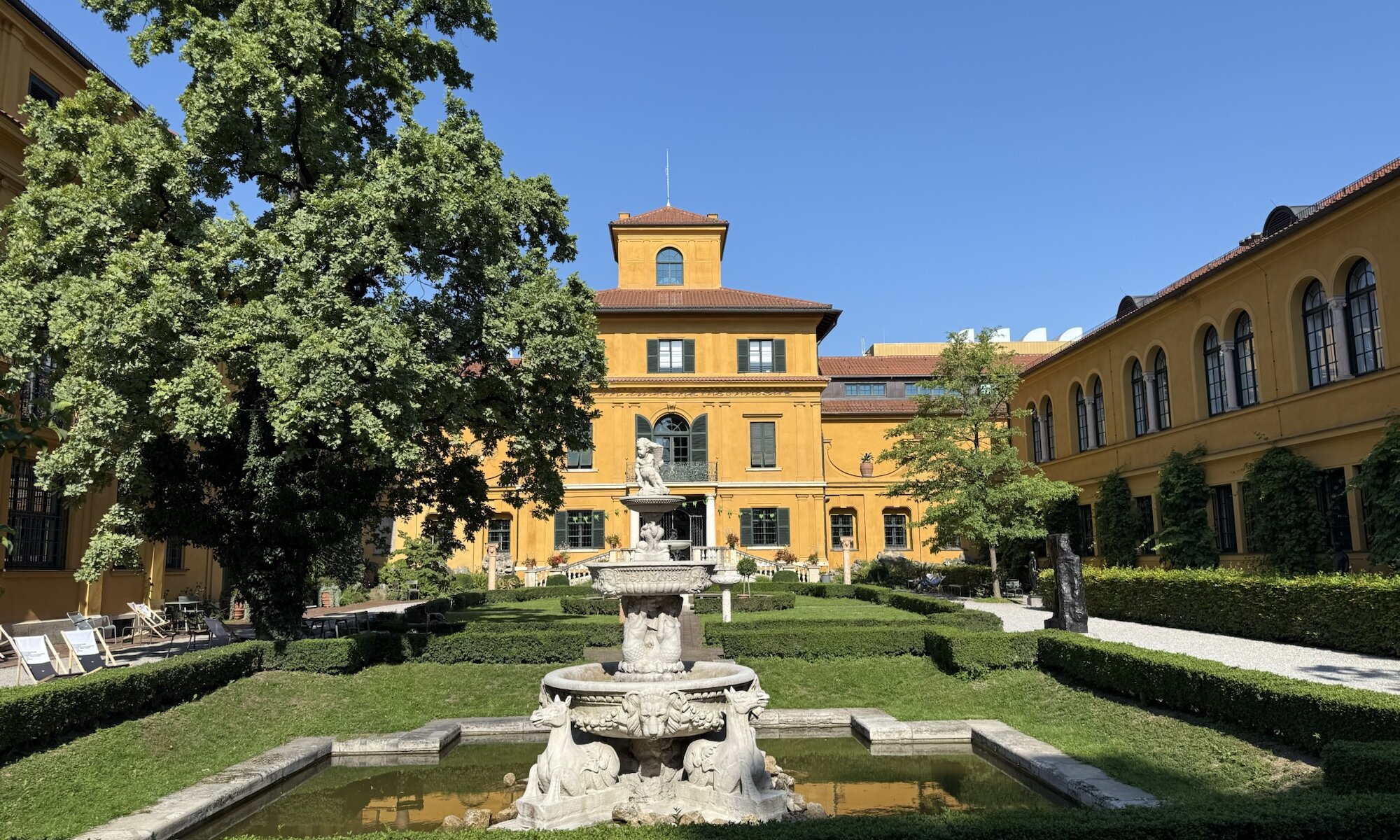Located in the vibrant heart of München, the Lenbachhaus is a true gem for anyone with an appreciation for art and history. Originally, the building was the villa of Franz von Lenbach, a prominent 19th-century painter, who designed his home in a Tuscan style reminiscent of Italian Renaissance villas. In the early 20th century, the city of München acquired the property and transformed it into a museum, aiming to preserve and showcase Lenbach’s legacy and the city’s rich artistic heritage. Over the years, the Lenbachhaus underwent several expansions and updates, allowing it to evolve into one of Germany’s most esteemed art institutions.


Today, stepping inside the Lenbachhaus is like embarking on a journey through modern art history. The museum is world-renowned for its outstanding collection of works by the Blue Rider (Der Blaue Reiter), an influential avant-garde movement founded in München. Here, visitors encounter masterpieces by Wassily Kandinsky, Franz Marc, Gabriele Münter, August Macke, and many other pioneering artists who shaped early 20th-century art. The vibrant, expressive paintings and innovative approaches are celebrated not only in dedicated galleries but also throughout the museum’s temporary exhibitions, which always offer something fresh and captivating.
Beyond the Blue Rider collection, the Lenbachhaus boasts a rich array of contemporary and modern art. There’s a wonderfully curated selection of regional Bavarian artists, as well as installations and sculptures set amidst the lush courtyard gardens. You can also find a collection of artworks by Joseph Beuys, including his famous Badewanne. The building’s blend of historic and modern architecture provides a striking contrast and an elegant setting for both permanent and rotating shows. Whether you’re an avid art lover or a casual traveller, a visit to the Lenbachhaus offers an enriching experience, complete with a stylish café and tranquil garden spaces perfect for reflection or conversation after exploring the galleries.
Blaues Pferd I


Franz Marc, a pivotal figure in the German Expressionist movement, was instrumental in shaping the artistic collective known as Der Blaue Reiter. Based in München during the early 20th century, Marc sought to transcend the conventions of academic art, believing passionately in the spiritual power of colour and nature. His formative years were marked by a search for deeper meaning through painting, often imbuing his canvases with introverted symbolism and a respect for the animal world, which he considered purer than humanity. Marc’s close collaboration with fellow artists like Wassily Kandinsky fostered a climate of innovation, eventually leading to the founding of Der Blaue Reiter in 1911 – a name inspired by Marc’s love of horses and Kandinsky’s affinity for blue.
Among Marc’s most iconic works is ‚Blaues Pferd I‘, a vibrant testament to his belief in colour as an emotional and spiritual force. In this composition, a solitary blue horse emerges against a pulsating landscape. The dynamic brushstrokes and bold palette exemplify Marc’s desire to evoke movement and inner life, not merely to depict external appearances. Horses, recurring throughout his oeuvre, embody Marc’s quest for innocence and harmony, their blue hues standing as symbols of transcendence and idealism. I came here after seeing ‘Blaues Pferd II‘ at the Kunstmuseum Bern and ‘Blaues Pferdchen‘ at the Moderne Galerie in Saarbrücken.
Badewanne


Joseph Beuys, an emblematic figure of post-war German art, is particularly remembered for his striking and unconventional use of everyday materials. Among his most noted works is the ‚Badewanne‘ (bathtub), a baby’s bath transformed with adhesive plasters, gauze, fat, and copper wire – a typical manifestation of his concept of social sculpture. The piece emerged in Düsseldorf in the late 1960s and was presented with a humorous inscription suggesting Beuys himself was bathed in it as a child. This text, placed on a plaque, was later mischievously annotated by an unknown hand, reading ‚apparently too hot‘, highlighting both the playful and provocative nature of his oeuvre.
While the Badewanne travelled through several exhibitions, it found itself stored in Schloss Morsbroich, Leverkusen, as part of a loan from the art collector Lothar Schirmer. Fatefully, at a local SPD (Social Democratic Party) gathering in the museum in November 1973, two party members were searching for a suitable washbasin for their glasses. Unaware of the bath’s artistic significance, they scrubbed it vigorously, removing the layers of grease, fat, and bandages, convinced they were simply cleaning an old appliance for practical use. This mishap transformed a celebrated work into a cautionary tale, reflecting how the boundaries of art and utility can so easily be misinterpreted.
The resulting damage to the Badewanne caused a significant stir in the art world, and the incident became legendary – a curious footnote in Beuys’s career. The collector was compensated, and Beuys endeavoured to restore the work as closely as possible using photographic documentation. Today, the Badewanne is emblematic of the risks inherent in conceptual art, where meaning is so often contingent on context and awareness. For many, the tale serves as much as a lesson in art appreciation as it does a testament to Beuys’s enduring ability to provoke thought and dialogue wherever his works are encountered.
Städtische Galerie im Lenbachhaus
München
Germany
Loading map...


